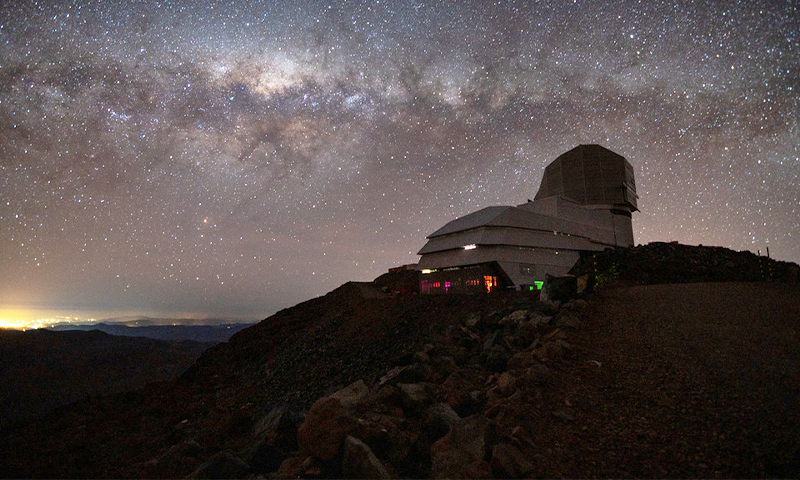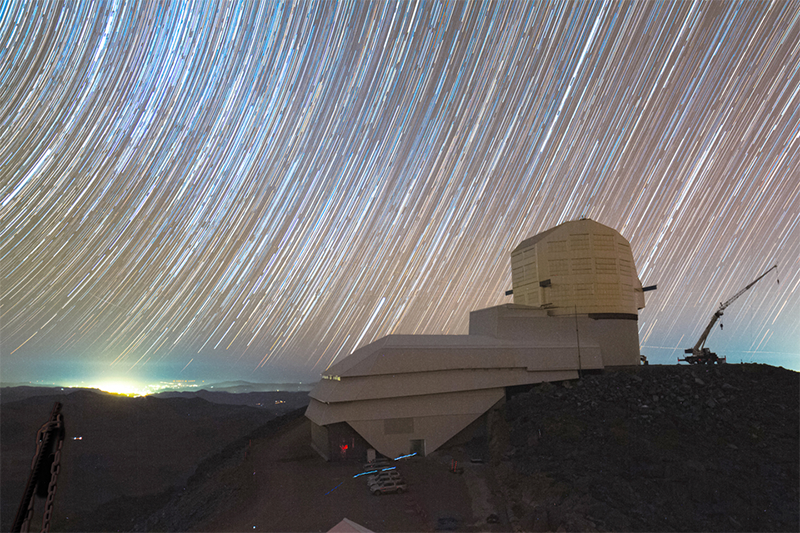"Informed AI News" is an publications aggregation platform, ensuring you only gain the most valuable information, to eliminate information asymmetry and break through the limits of information cocoons. Find out more >>
Revolutionizing Astronomy: The Vera C. Rubin Observatory
- summary
- score



The Vera C. Rubin Observatory, perched atop a Chilean mountain, is set to revolutionize astronomy. Over the next decade, it will capture millions of celestial objects daily—more than 100 every second. Every three nights, the telescope will reposition itself to create a high-quality mosaic of the night sky, spanning ultraviolet, visible, and infrared light. This unprecedented chronicle will allow scientists to track cosmic changes with unparalleled precision.
Bob Mann, an astronomer at the University of Edinburgh, describes the project as a blend of depth, spectral coverage, and temporal resolution never before achieved. The observatory aims to detect transient phenomena—events that change or disappear—offering insights into the universe's origins and fate.
The Rubin Observatory will generate 20 terabytes of data nightly, totaling 60 petabytes over ten years. This flood of information will be distributed to seven data centers worldwide, enabling scientists to search for new astronomical phenomena.
Mario Jurić, an astronomer at the University of Washington, highlights the observatory's potential to map the solar system and reveal its formation and evolution. The data will also track variable stars and supernovae, providing "standard candles" to measure cosmic distances.
Igor Andreoni of the University of North Carolina and Raffaella Margutti of the University of California, Berkeley, plan to use the data to study cosmic explosions and transient phenomena, such as neutron star mergers.
In essence, the Rubin Observatory will transform our understanding of the cosmos, capturing its dynamism and evolution like never before.
| Scores | Value | Explanation |
|---|---|---|
| Objectivity | 7 | Comprehensive and balanced reporting on the Rubin Observatory. |
| Social Impact | 5 | Significant influence on public opinion and scientific community. |
| Credibility | 6 | Verified by multiple sources and experts in the field. |
| Potential | 7 | Profound impact on understanding the cosmos and cosmic phenomena. |
| Practicality | 5 | Highly practical for scientific research and data analysis. |
| Entertainment Value | 3 | Somewhat entertaining for science enthusiasts. |